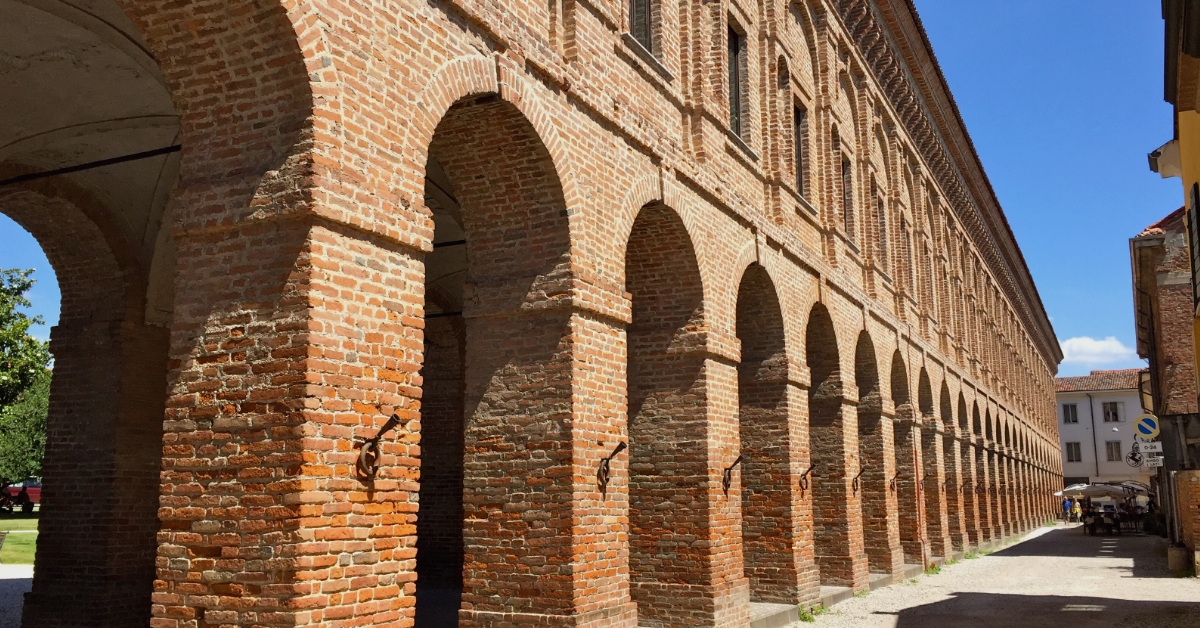Find answers regarding the installation of fiberoptics.
The installation will be carried out by a company appointed by us who will call you to arrange an appointment. For security reasons, our technicians can always be recognised by their identification badge.
No, this is not necessary. However, it is essential that the premises where the BTP (Building Termination Point) will be installed can be easily accessed by our technicians.
To benefit from fiber optics at home, you will not need to do any work: the cabling is carried out by certified professionals, using all possible ducts or pipes already present in the property.
Our system is dedicated to each building for its exclusive use. The technology we use is 100% Fiber to the Home (FTTHFTTH “Fiber to the Home” is the technology that connects POPs, located in exchanges, to end users’ property units with fiber optics.) and therefore brings fiber optics from the street networkNetwork In computer language, the term network defines a set of hardware and software devices which, when linked together, enable the exchange and sharing of resources, data or information. In a computer network, the devices that generate, route and terminate data are called network nodes. to your home. The installed network is passive, which means that it does not require any connection to the electricity grid, so it does not contribute to the apartment building’s consumption.
A series of regulatory measures makes it legal to request fiber optics in apartment buildings. These regulations stipulate that the appointed technician may enter the common areas of buildings to carry out installations, without the need for a building resolution.
We always agree on inspections with the building administrator or owner. Once access has been planned, our team will post a notice with all the relevant information for the building’s tenants.
Yes. Open Fiber’s optical fiberOptical fiber A cable made of glass fiber through which a light signal is transmitted over long distances for broadband network access. Compared to copper cables, optical fiber can transmit signals much faster, up to 40 Gigabits per second. It is therefore ideal for quickly transferring large amounts of data; it is also unaffected by external interference (electromagnetic interference, temperature variations, etc.). While fiber optics certainly offers the advantage of fast, high-quality and secure data transmission, its high installation cost is a drawback for network builders. Read the news to find out more: “Optical fiber, what it is and how it works”. does not convey electricity, so cables can be placed in existing cable ducts.
Wherever and whenever possible, we will reuse pre-existing infrastructure to minimise costs, reduce the impact on the area in terms of open construction sites and to speed up implementation. Among the networks we can use are the electricity network (overhead and underground), public lighting, the network of decommissioned aqueducts and gas, and the telecommunications network.
The cost of installing Open Fiber’s optical fiber is entirely borne by the company. You therefore do not have to bear any costs for either the implementation or the subsequent maintenance of the system.
We are creating the largest entirely fiber-optic network in the country, providing coverage not only in large cities, but also in small towns. There is therefore no need to request the cabling of your own building; Open Fiber is pursuing the goal of cabling more than 24 million property units in the coming years. Check if your building is reached by our infrastructure







